LDV G10 v Toyota HiAce 2015 Comparison
 Can the bargain Chinese upstart really take the fight to Toyota's top seller?
LDV G10 v Toyota HiAce Crew
Can the bargain Chinese upstart really take the fight to Toyota's top seller?
LDV G10 v Toyota HiAce Crew
Comparison Test
Toyota's HiAce has dominated Australia's medium van segment for years, but now its traditional rivals have been joined by a new Chinese challenger. The LDV G10 has price and the prowess of one of China's largest auto makers on its side – and impressive specs and features to boot. Here we examine the newcomer alongside a recently introduced five-seater Crew version of Toyota's HiAce.
Toyota's HiAce has ruled Australia's medium van market for over 20 years and it currently commands 43.5 per cent of the 2.5-3.5t LCV market (VFACTS data). Together with Hyundai's iLoad, with the Korean's 27.2 per cent share, nearly three-quarters of the market is owned by the established Asian brands – but now a Chinese newcomer has entered the fray.
Formerly a British concern, LDV was purchased in 2010 by China's SAIC Motor – a state-owned automotive colossus. In addition to LDV (known as Maxus in most markets), the Shanghai-headquartered group owns domestic brands Roewe and Nanjing Automobile, along with historic British brand MG. It also has joint ventures in place with Volkswagen, General Motors and Iveco, and the company claims it produced a staggering five million vehicles last year.
LDV's current V80 van can trace its roots back to its British forbears. Now, however, the V80 has been joined by the G10 – LDV's first clean-sheet effort under its Chinese parent. Smaller and with a sub-2m roof height, the G10 is only available here in the one 3198mm wheelbase and 5.2 cubic metre capacity, while the V80 continues in a choice of three wheelbases and has volumes starting from 6.4 cubic metres.
Here in Australia, LDV was handled by White Motor Corporation until Ateco Automotive took over in 2014. Ateco is no stranger to launching emerging Asian brands – it gained a foothold here for Kia before that company took distribution in-house. Now it sells LDV here through a network of 44 dealers (and counting), with representation in every state and territory.
The G10 van is in fact based on a people-mover platform, and here it's sold alongside G10 people-movers in both seven- and nine-seater formats.
David And Goliath
trucksales.com.au recently grabbed a new G10 van and an example of Toyota's top-selling HiAce, although this review isn't a direct head-to-head comparison. Toyota's new five-seater HiAce Crew, introduced earlier this year, sports a 3.0-litre four-cylinder turbo-diesel engine mated to a four-speed auto, while the two-seater G10 is powered by a 2.0-litre turbo-petrol engine with six-speed auto.
The HiAce Crew was part of a mild range update that also saw the arrival of a revised, more powerful yet more economical 2.7-litre petrol engine. Sadly a long-wheelbase version of Toyota's petrol/auto van – which is shorter than the G10 but also has a sub-2m height – wasn't available, but the HiAce Crew still serves as a useful comparison in terms of its construction, finish and features.
We subjected both to trucksales.com.au's van test loop, comprising busy industrial estate, motorway and winding country roads – first empty, then with a 650kg test weight.
Price is traditionally the sharpest knife in the Chinese armoury and for ABN holders the G10 van is priced at just $29,990 drive away. Compare that to just under $40,000 drive away (including GST, ex Melbourne) for the direct equivalent HiAce (not the HiAce Crew reviewed here), and that's a substantial difference.
With the dropping of the V6 engine in the updated Mercedes-Benz Vito (click here for our launch report), the G10's four-cylinder turbo-petrol engine can lay claim to being Australia's most powerful van (on paper, at least). LDV says the engine produces 165kW and 330Nm, its output fed to the rear wheels via a ZF-sourced six-speed automatic transmission.
Ateco Automotive says both a diesel engine and a manual transmission are currently being looked at, but for now the turbo-petrol auto is it.
Power Packed
On the road, the G10's output instantly grabs attention. Responsive and largely lag-free, the tacho needle streaks around the dial, the van accelerating hard from 2000rpm to 5500rpm.
The ZF auto isn't the fastest-shifting unit we've seen but it does the job and it's decisive in its selections. An electronic sequential mode is available, but after an initial fiddle we let it do its own thing in 'drive' mode.
The G10 is a rocket when unladen, that's for sure, and owners will be thankful for the stability control (especially in the wet). But the performance continues with a load on board, and up some decent inclines the G10 barely seemed to notice our test payload.
The G10 is a rev-hungry machine that favours top-end performance. That mightn't sound ideal for commercial work, but the truth is it reaches that top end so rapidly you're never left struggling.
While we can't draw fair comparison with Toyota's turbo-diesel, the HiAce Crew churns out dependable grunt from just off idle. It's more relaxed than the G10 but as capable as ever, and while the four-speed auto offers a more limited choice of ratios its shifts are a little faster.
LDV claims a Combined ADR fuel figure of 11.7L/100km for the G10 van, while the van's trip meter at the end of our test showed 11.4L/100km. That was overly optimistic – the bowser revealed a figure of 13.2L/100km, giving a safe range of over 500 kilometres. Toyota claims a comparative Combined ADR figure of 10.5L/100km for its equivalent 2.7-litre petrol auto.
People-Mover Origin
The people-mover origins manifest in the G10's handling. The van adopts a front MacPherson strut/rear five-link coil-spring arrangement and the ride is nicely compliant, lacking little of the harshness often found in LCVs. We feared the plush nature might translate to a roly-poly ride with a load, but that wasn't the case – the G10 remained composed through the bends.
The front double-wishbone and rear beam arrangement on the HiAce also does a competent job, loaded or empty. The HiAce feels marginally more planted at motorway speeds, the Toyota also offering a degree more feedback through its steering, but both machines acquit themselves well.
Both vehicles have a four-disc brake setup and both deliver entirely acceptable braking performance, although the HiAce has the upper hand in terms of outright stopping power, while engine noise is appreciable in each under acceleration but sufficiently subdued on a steady throttle.
They're both manoeuvrable, too. The HiAce Crew on test has a wheelbase that's 628mm shorter than the G10, but even the Chinese van manages a respectable turning circle of 11.8 metres. Despite the HiAce's snub nose, the distance from the front axle to the edge of the front bumper is 170mm shorter in the G10. The G10 also has the shorter steering box – 3.5 turns compared to 4.25 for the HiAce, which spells less wheel twirling around town.
Comfort and Convenience
For cabin comfort and features the G10 is a clear winner, its people-mover origins delivering a higher standard of appointments than you'd expect in an LCV. Cabin entry and exit is easy in the G10 – far easier than for the HiAce, which requires a degree of contortionism.
The G10's dash is broad and expansive and the fit and finish of the panels is decent. The centre of the dash is dominated by a large 7.1-inch touch screen, which is hooked up to a comprehensive Bluetooth multimedia system and reversing camera as standard. The camera is a quality affair with a wide peripheral view – it's far better than the HiAce's equivalent – while pairing a phone is fuss free.
Other standard G10 features include a comprehensive trip computer, air-conditioning, rear parking sensors and electronic tyre pressure monitoring.
For storage the G10 gets twin-deck door side pockets (with bottle holders), sunglasses storage, twin slide-out cup holders and a large multi-compartment tray on the floor between the two front seats. It's a handy thing, yet still affords easy access should you want to slip through to the load bay.
The G10's driver's seat offers six-way adjustment and a folding armrest while the steering wheel is adjustable for tilt (but not reach). The wheel also features integrated buttons for cruise control, hands-free telephony and sound.
Vision is excellent in both vans. The HiAce has narrower A-pillars but both have decent side mirrors.
Overall, the G10's ergonomics are good, with all the various controls are placed logically enough, but the one big omission – not shared with the HiAce – is the lack of a dead pedal.
The G10's lighter coloured seat fabrics and plastics will mark easily, while the carpeting doesn't seem especially durable – floor mats are a must.
The HiAce cab, on the other hand, has a purely utilitarian feel, but its hard, dark plastics have been assembled with care and will wear well; ditto the sturdy vinyl flooring.
You sit up high in the HiAce – too high for this robust (188cm) scribe – while you sit 'in' the G10, which has more of a passenger-car feel. For storage, the HiAce has a centre console bin – it's convenient but prevents access to the rear.
Fit For Purpose
The G10's load bay floor is on the higher side at 680mm off the deck (630mm in the HiAce), but it's a spacious area (2365mm long by 1235mm wide by 1270mm high) with twin sliding side doors and a top-hinge tailgate. There are no options for side door glazing or rear barn doors. The G10's load bay floor has a sturdy vinyl cover and there's internal mid-height plastic protection.
The G10 comes with eight tie-down anchor points, but the rearward ones are too far inboard – a reflection of the seat mounting points in the people-mover. Two are placed on the inside edges of the wheel arches, effectively shaving clearance by 80mm or so. There are four small side lights in the G10's bay, but no overhead lighting.
LDV claims a payload limit of 1093kg and an internal volume of 5.2 cubic metres for the G10, along with a braked towing capacity of 1500kg. The claims for the long-wheelbase HiAce van (not the HiAce Crew here) are 1070kg, 6.0 cubic metres and 1400kg.
We were pleasantly surprised by the G10's overall construction quality. Sure, there's the odd rough finish here and there and some of the panel gaps are appreciable, but on the whole it appears to have been assembled with care and consistency. This is also evident in the neat and tidy engine bay.
The G10's white one-piece bumpers will, however, suffer from the inevitable knocks and scrapes, while there's no top protection for the rear bumper to ward off scrapes from ramps and day-to-day use.
Historically LCVs have lagged behind their passenger counterparts for safety, but the G10 scores stability control, antilock brakes, rollover mitigation, electronic brake force distribution and emergency brake assist, plus a front airbag for both driver and passenger.
The HiAce Crew gets most of those but misses out on EBD and rollover mitigation, while some HiAce models still don't get stability control.
Both vans come with a three-year/100,000 kilometre warranty and a fairly arduous six-month/10,000 kilometre servicing interval. In this segment several vans' service intervals are pegged at 12 months and 15,000 kilometres.
Promising Introduction
For what it is, it's hard not to be impressed by LDV's G10. Comfy, well-equipped and capable, it does everything it's meant to do reasonably well and all for a bargain price. Of course, long-term reliability and durability are yet to be proven, and it will undoubtedly suffer in terms of resale compared to the
HiAce, which also comes with the backing of Australia's top-selling automotive brand.
Gaining a foothold in a mature market is a tough ask for any newcomer and Toyota, Hyundai et al won't be trembling in fear, but LDV appears to have a solid proposition in its G10.
2015 LDV G10 pricing and specifications:
Price: $29,990 (ABN holders, drive away)
Engine: 2.0-litre four-cylinder turbo-petrol
Output: 165kW/330Nm
Transmission: Six-speed automatic
Fuel: 11.7L/100km (ADR Combined)
CO2: 272g/km (ADR Combined)
Safety Rating: N/A
What we liked:
>> Value for money
>> Potent performance
>> Comfort and ergonomics
Not so much:
>> On the thirsty side
>> No dead pedal
>> Odd tie-down anchor point placement
2015 Toyota HiAce Crew pricing and specifications:
Price: $40,490 (plus ORC)
Engine: 3.0-litre four-cylinder turbo-diesel
Output: 100kW/300Nm
Transmission: Four-speed automatic
Fuel: 9.2L/100km (ADR Combined)
CO2: 243g/km (ADR Combined)
Safety Rating: N/A
What we liked:
>> Pure utility focus
>> Compact and manoeuvrable
>> Proven reliability and resale
Not so much:
>> Awkward cab entry/egress
>> Cab is showing its age
>> Driver ergonomics






 Reply With Quote
Reply With Quote
 CL Champs 2019 for the 6th time
CL Champs 2019 for the 6th time 



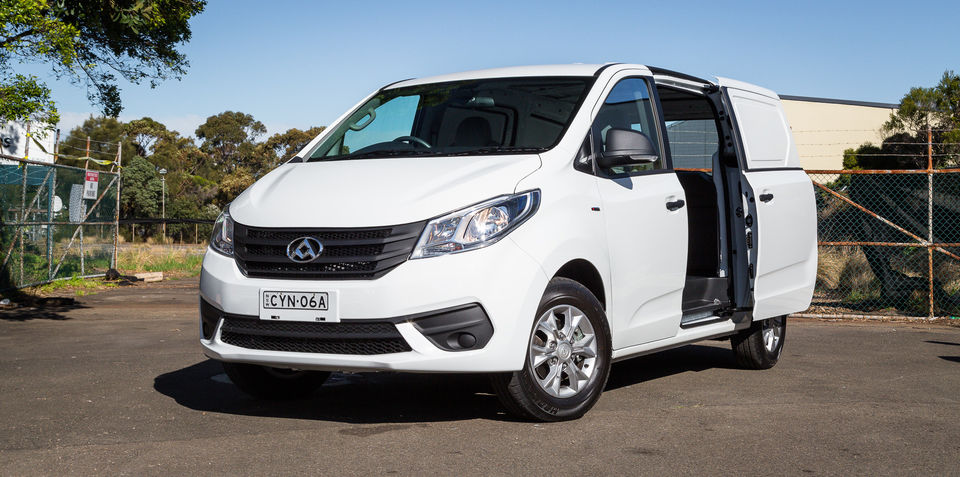


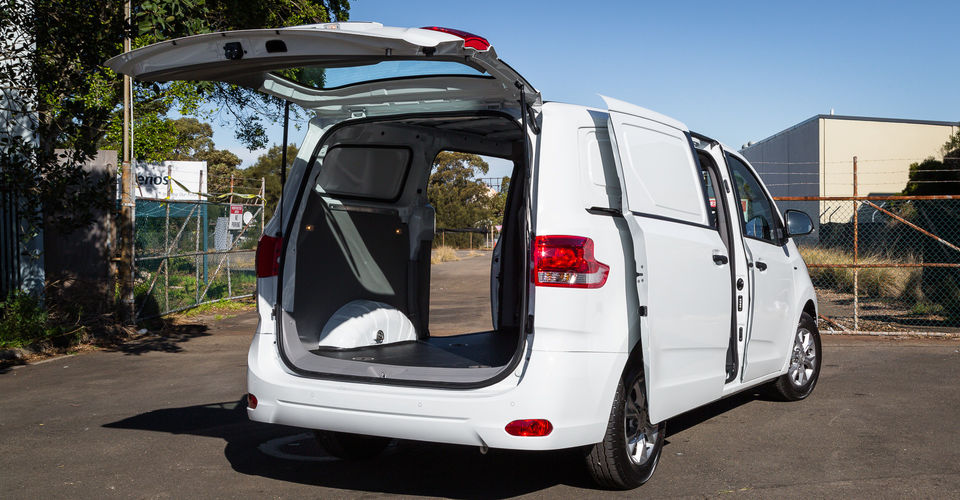
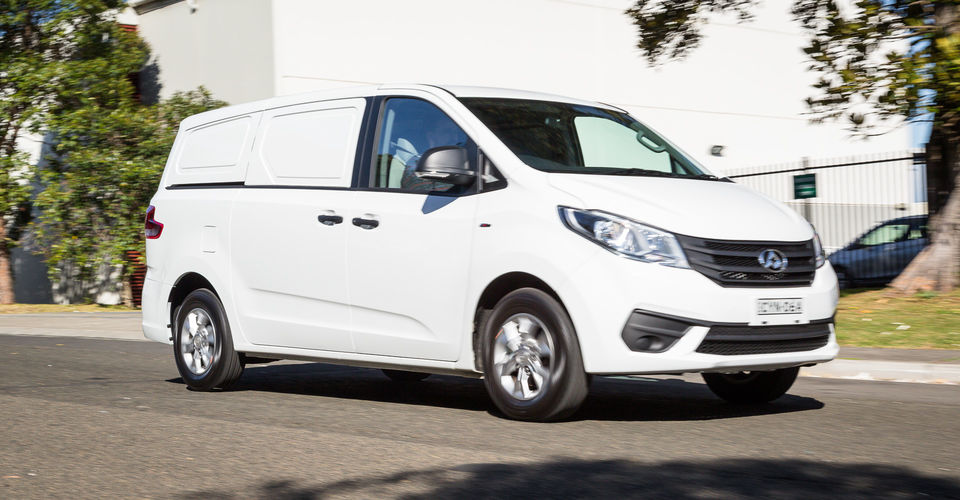
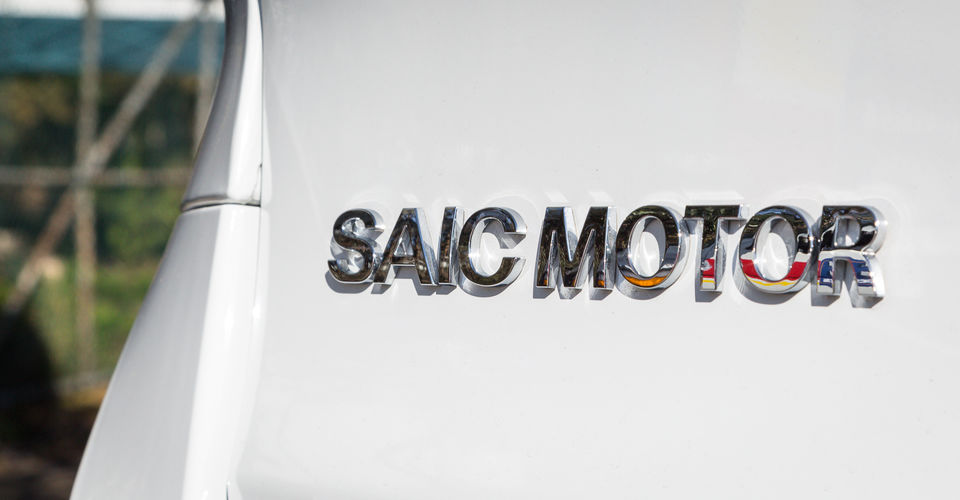
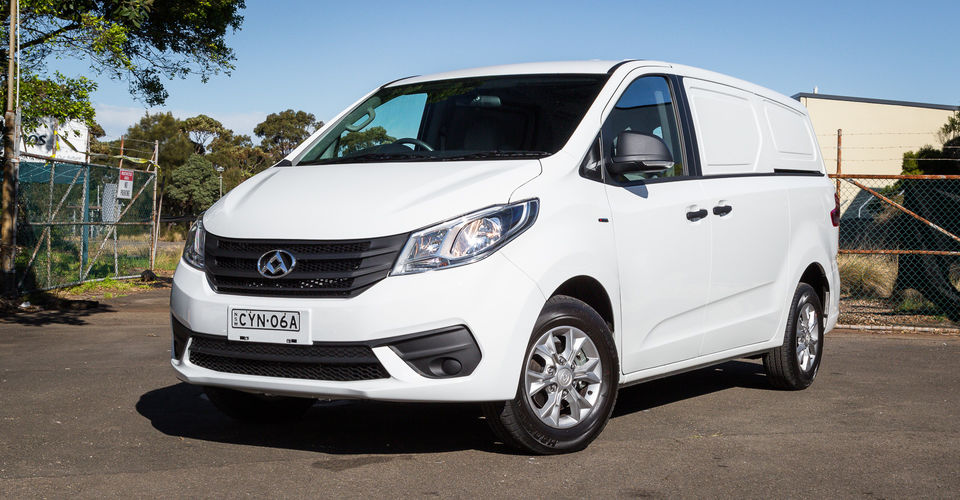



Bookmarks